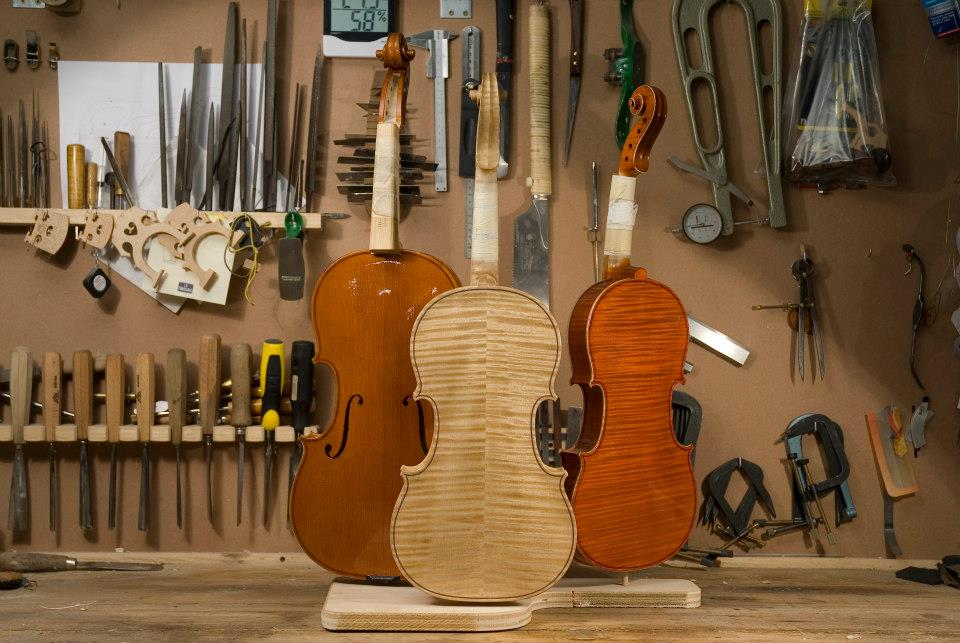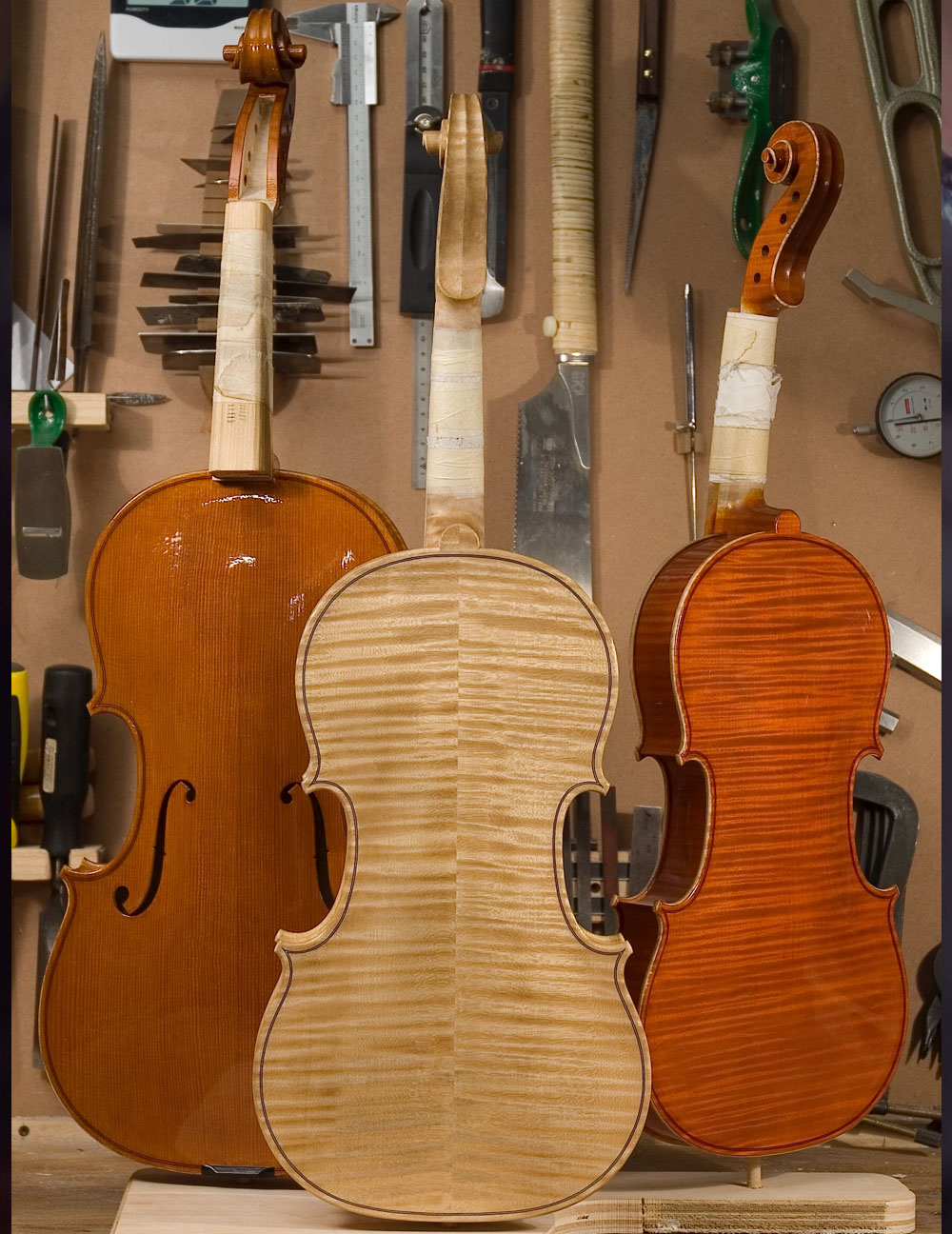

As we all know, buying an instrument is a delicate moment, which involves a rather considerable investment of money. It is well known that string instruments acquire a lot of value over time (especially if they are high-level instruments and of Italian lutherie).
This phenomenon (very common in the field of works of art) means that rather high value can be reached within a few decades. A factor that heavily influences this value (in addition to the construction quality and the fame of the maker) is its state of health: a healthy instrument, without major damage, will certainly be more valuable.
It is easy for us to understand how challenging it can be to purchase an antique instrument that is healthy and of certified authorship.
The "Economical" Antique
It often happens, therefore, that you want to save money (always wanting to opt for the antique instrument for the simple prestige that is thought to derive from it) going in search of "the antique that costs little" (a sentence heard more and more times in my career). One does not realize that putting the words "antique" and "costs little" in the same sentence can often have catastrophic consequences.
Usually, on the other hand, the amount of money required for a new, high-quality instrument are much lower.
When you insist and reason in such terms, you come across cases of often anonymous instruments (it becomes difficult to recover the investment made if you want to resell the instrument), with structural problems and weaknesses, damage, more or less evident cracks... I could go on forever describing the high rate of risk that such a choice entails.
The Hidden Problems in the Instrument
Sometimes it seems like you are buying an instrument in good condition, but sometimes there are micro-cracks and more or less hidden damage that over time can expand to represent a threat to its functionality. Obviously, even in this case, the choice of a newly built instrument avoids the risk.
In general, when you buy an antique instrument, you buy a weaker object that will require more frequent interventions by the luthier.
A reflection arises spontaneously: "Is it really an intelligent choice? To buy an antique instrument, probably of inferior construction quality, weaker and sometimes compromised and damaged, spending a greater sum, for the presumed "prestige" that comes from owning an antique instrument?"
The topic of "instruments and false certificates" also deserves a separate chapter: another risk that is often encountered when looking for this type of object. I have been, unfortunately, a witness to many episodes of this kind: I have seen friends and clients fall into the "traps" of some unscrupulous filibuster luthiers and merchants, whose sole purpose in life is profit. The world of antique instruments is a jungle: the rip-off is always around the corner and for most people it is not easy to defend themselves.
Modern Lutherie Instruments
My intention, as you surely have understood, is to advocate for the instruments that are produced nowadays, by capable and professional luthiers, who, however, are often victims of prejudice.
I often jokingly tell my clients how the most feared and "dangerous" competitor for a violinmaker is the "deceased violinmaker", meaning that often there is very little to do: competing against an antique instrument means inevitably going towards defeat, often regardless of the actual quality of the instruments at stake.
The one carried out by the contemporary maker takes on the connotation of a real battle against prejudices.
Professional modern instruments are absolutely able to compete with antique instruments, often surpassing them by far.
The truth is that today it is possible to build much better instruments, and it is very important to be aknowledged about it. Modern lutherie deserves trust and consideration.